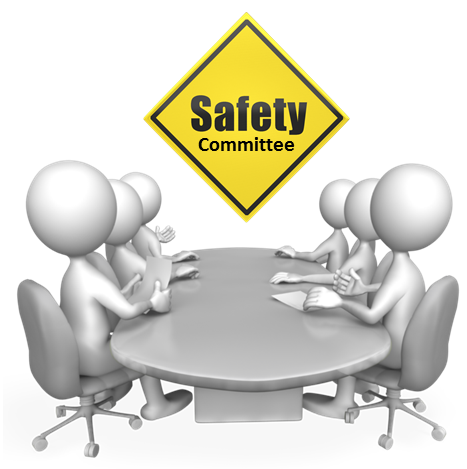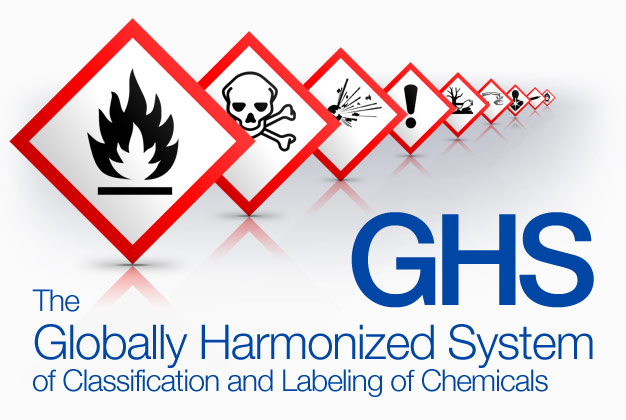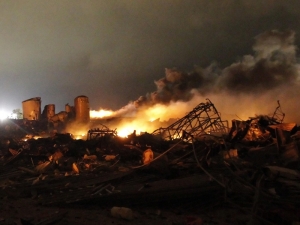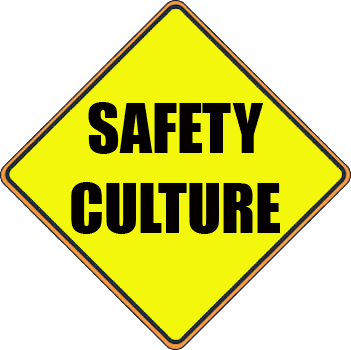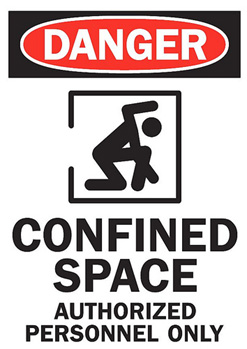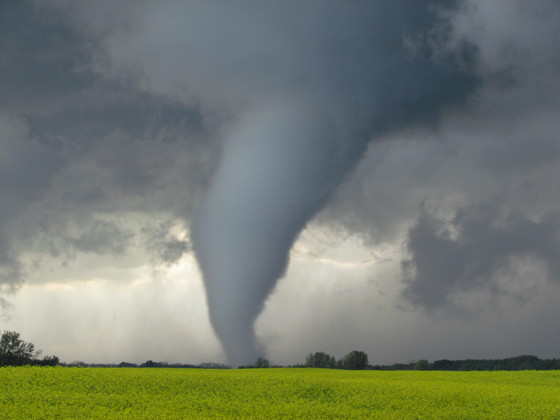 Have a Plan at Home, at Work, and When You’re Away
Have a Plan at Home, at Work, and When You’re Away
In a home or building, move to a pre-designated shelter, such as a basement, and get under a sturdy table or the stairs. A specially-constructed “safe room” within a building offers the best protection. Use an internet search engine and search for “safe room” for more information.
If a basement is not available, move to a small interior room or hallway on the lowest floor and cover yourself with anything close at hand: towels, blankets, pillows. If possible, get under a sturdy table, desk or counter. Put as many walls as possible between you and the storm. Stay away from windows.
If caught outdoors, seek shelter in a sturdy building. If you cannot quickly walk to shelter, get into a vehicle, buckle your seatbelt and drive to the closest sturdy shelter. If flying debris occurs while you are driving, pull over and park. Now you have two options as a last resort:
– Stay in the vehicle with the seatbelt on and place your head below the windows.
– If you can safely get noticeably lower than the roadway, exit the vehicle and lie in that area, covering your head with your hands. Do not seek shelter under an overpass.
Mobile homes, even if tied down, offer little protection from tornadoes. You should leave a mobile home and go to the designated storm shelter or the lowest floor of a sturdy nearby building.
When vacationing, always bring along a NOAA Weather Radio All Hazards and have a place of safety in mind in the event severe weather threatens.
via Tornado Safety at Home, Work, or at Play.
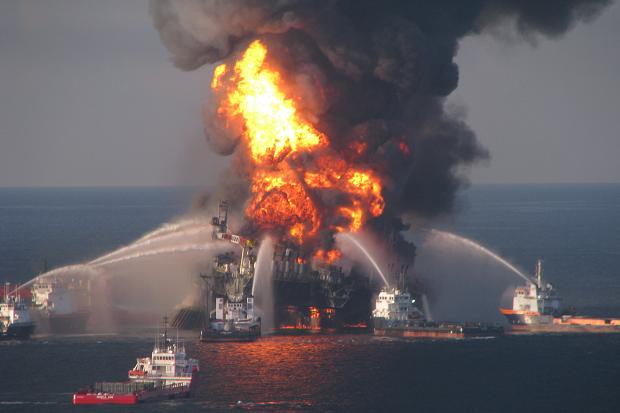 The Deepwater Horizon Oil Spill, the largest accidental marine oil spill in history, was most likely caused by human error, cost cutting and an insufficient safety system.
The Deepwater Horizon Oil Spill, the largest accidental marine oil spill in history, was most likely caused by human error, cost cutting and an insufficient safety system. 
